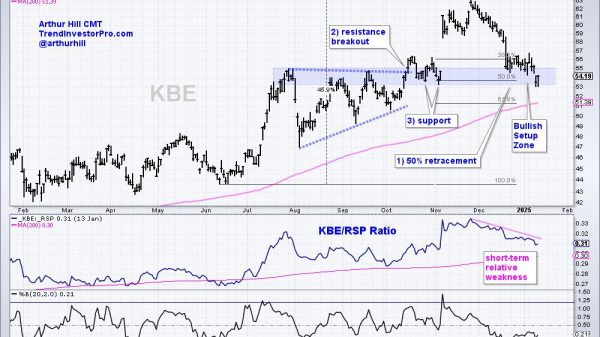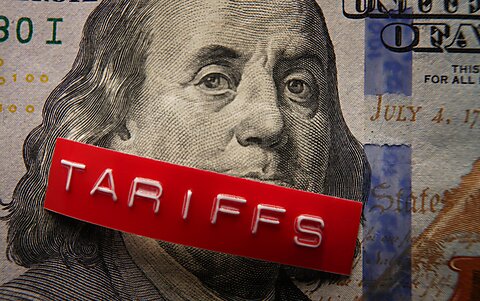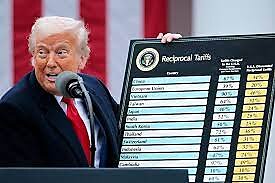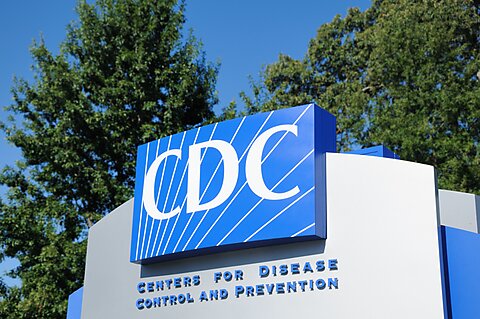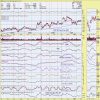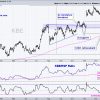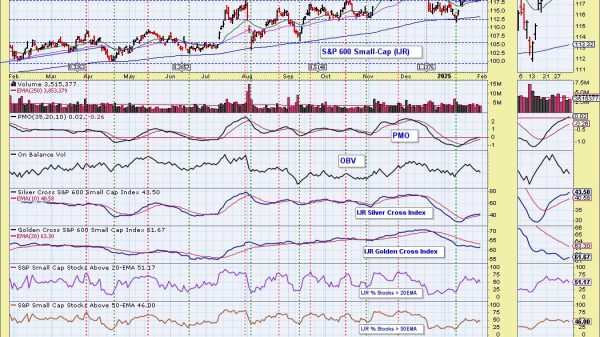Jeffrey A. Singer

In a recent New York Post opinion column, I criticized the Centers for Disease Control and Prevention’s (CDC) mission creep, as it expanded from what Congress initially established as the Communicable Disease Center in 1946 to the large organization it is today—one that now involves itself in personal health and lifestyle issues, from smoking and diet and exercise to gun safety. I wrote, “Congress should restore the CDC to its original role as the Communicable Disease Center, focusing on support and coordination, rather than bureaucratic overreach and political signaling.”
Initially, one of the CDC’s main roles was to share data with state and local public health agencies so they could plan for and respond to infectious disease outbreaks by taking steps to contain them. Sadly, the agency has fallen short in that area lately. An NPR investigation in May found:
Health alerts about disease outbreaks, previously sent to health professionals subscribed to the CDC’s Health Alert Network, haven’t been dispatched since March. The agency’s main social media channels have come under new ownership of the Department of Health and Human Services, emails reviewed by NPR show, and most have gone more than a month without posting their own new content.
Meanwhile, private sector for-profit and nonprofit organizations are working to fill the gap. For example, Axios reports that Walgreens is expanding its national tracking system to include COVID-19 and influenza data, derived weekly from its stores’ data on test results, antiviral prescriptions processed, and over-the-counter cold and flu remedy sales. The tracker lets consumers see what’s happening across the country and nearby, viewing flu and COVID-19 prevalence in each state, so they can adjust their plans accordingly.
Rick Gates, Walgreens’ Chief Pharmacy Officer, demonstrates how the profit motive can promote patient autonomy and empowerment. He told Axios:
“It’s just us really looking at data sets, really trying to do more for our consumers and our patient base and putting more tools in the hands of consumers.”
Many universities and schools of public health, such as the Brown University School of Public Health, have also developed tracking systems. This year, Boston University announced its “Open Source Infectious Diseases Monitoring Tool” to track emerging infectious threats. The Johns Hopkins University Center for Systems Science and Engineering is well-known for its interactive dashboard mapping the COVID-19 pandemic and for broader modeling work in infectious diseases. The Midwest Analytics and Disease Monitoring Center at the University of Minnesota School of Public Health creates dashboards and analytic tools for influenza hotspots, vaccine uptake variation, and new disease surveillance.
HealthMap.org is a global infectious disease surveillance system created in 2006 by researchers at Boston Children’s Hospital, Harvard Medical School, and the University of Massachusetts Lowell. Its mission is to use automated data mining and machine learning to track, organize, and visualize real-time reports on disease outbreaks from online news, social media, and public health sources, providing early warnings of emerging threats.
I’ve listed only a few examples. Many other institutions in the US and worldwide are involved in infectious disease surveillance.
The CDC’s mission drift has revealed what happens when bureaucracies lose focus—and how quickly others can step up to meet the challenge. Universities, nonprofits, and private companies are stepping in with innovative tools that provide real-time, actionable information to health professionals and the public. Their efforts reflect what the CDC once excelled at: sharing data, supporting local responses, and enabling people to make informed decisions.
The agency that once led the nation in tracking outbreaks now trails behind those operating without its large budgets or political complications. The best way to improve public health isn’t to expand the CDC’s influence—it’s to return it to its roots: a lean, science-driven partner helping contain infectious diseases, not a massive bureaucracy managing how Americans live.










